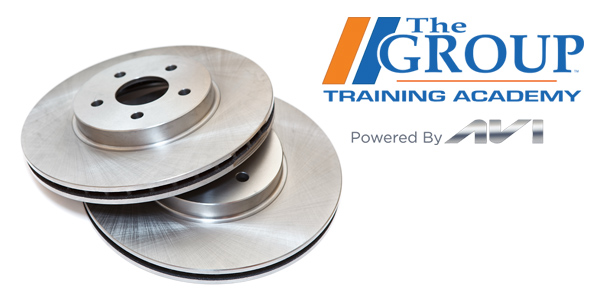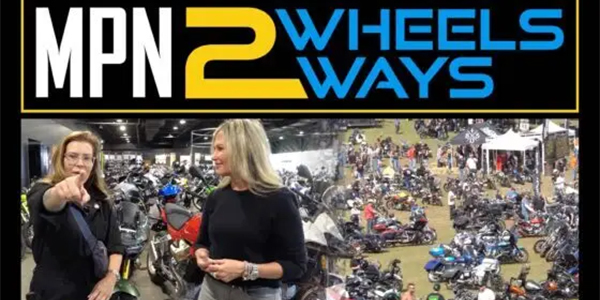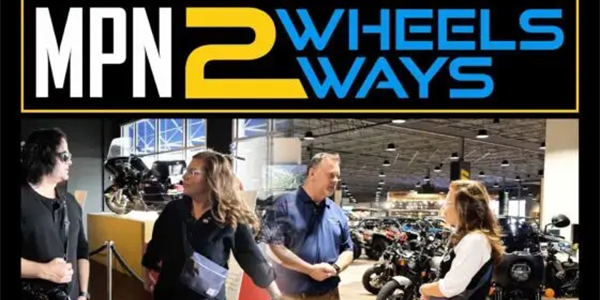A control arm is the connection between the movement of the tires and the movement of the body. It is the intersection where weight transfer, steering and the contact patch come together.
When a vehicle goes around a corner, weight is transferred, and the body will move or lean. This changes the relationship of a control arm’s mounting points to the road. This shift changes the geometry and alignment angles of the suspension and contact patch of the tires.
When a car is making a right turn, the camber on the right corner can become more negative to optimize the contact patch. Toe angles can change to improve initial “turn in” to the corner, and caster can change to improve steering feel. If the geometry of the control arm is not correct, the vehicle can feel uncontrollable and make the driver feel unsure about their vehicle.
At both ends of a control arm are the pivot points. The bushings form the connection to the chassis or body. They are engineered to be the correct geometry and material stiffness to manage forces without transmitting road harshness to the occupants. They are also dynamic in their geometry. Manufacturers will mold different shapes and fluid-filled chambers into the bushings, this is so they deflect in a manner that improves the geometry of the suspension.
At the other end is a ball joint. It is the nexus point of the suspension, steering and chassis. A ball joint has three axes of rotation. They allow the wheel to change camber, caster, and toe to optimize the tire’s contact patch.
Ball joints have changed, OEMs now use joints with a full ball stud in an engineered polymer socket that is lubricated by specialty synthetic greases. The controlled friction levels between the ball and stud improve the steering feel and suspension movements. The polymer surface has elastic properties that can absorb shock better than a metal-on-metal joint.
For a full-ball polymer joint to work, the joint must be sealed against the elements and keep the lubricants inside. Therefore, there is no need to flush these joints with new grease because it is a sealed system that is engineered to last the 100K miles plus.
The materials and construction methods used to manufacture a control arm are critical to the vehicle’s structure. When a wheel meets an immovable object, control arms manage the forces of the impact. Engineers endlessly test how a suspension will take an impact. Control arms can direct and dissipate the forces so the structure of the chassis are not damaged, and the driver can retain control. Some control arms are designed to deform in specific areas. Other control arms are designed to be rigid and redirect force to a specific area or component so the energy can be absorbed.
When engineering a replacement control arm or even installing a new arm, it must match the original. The materials must match. If the original component was stamped steel, the replacement must be made of stamped steel. The same goes for aluminum and cast iron. This philosophy should also be applied to the bushings and ball joints.
Taking a chance on a low-quality control arm that might fit could mean you are altering the suspension’s geometry and even the performance in a collision.
This video is sponsored by ZF Aftermarket.











